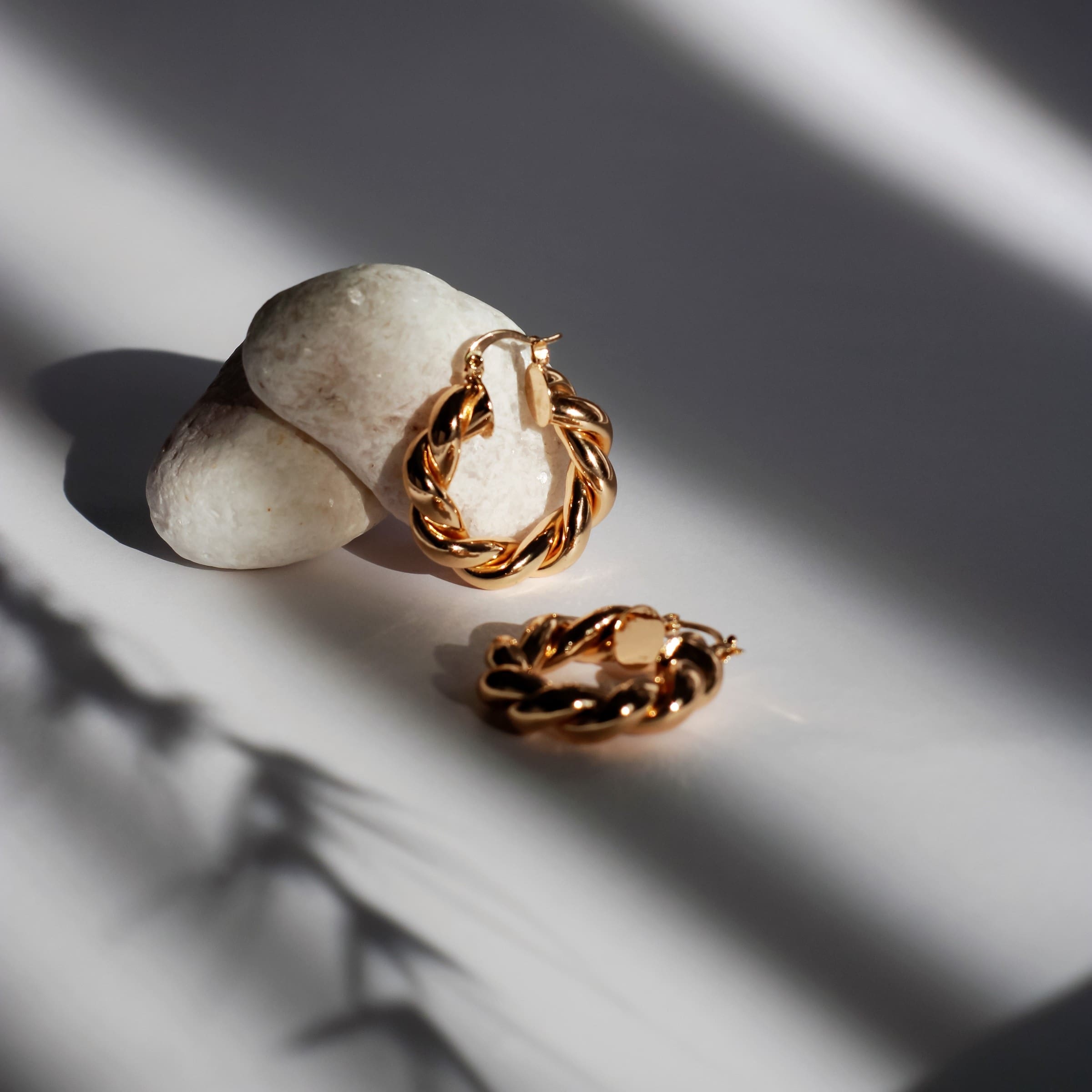Even the finest pearl or diamond jewelry can deteriorate or look lackluster without proper care—so here are a few simple tips for keeping your collection as good as new.
Fine jewelry can really enhance an outfit, no matter the occasion. Indeed, nothing exudes luxury and elegance more than a finely-crafted gold ring or diamond necklace. That said, even the most valuable accessories can lose their shine and sparkle without proper care.
READ ALSO: Man-Made Jewels: What You Need To Know About Lab-Grown Diamonds
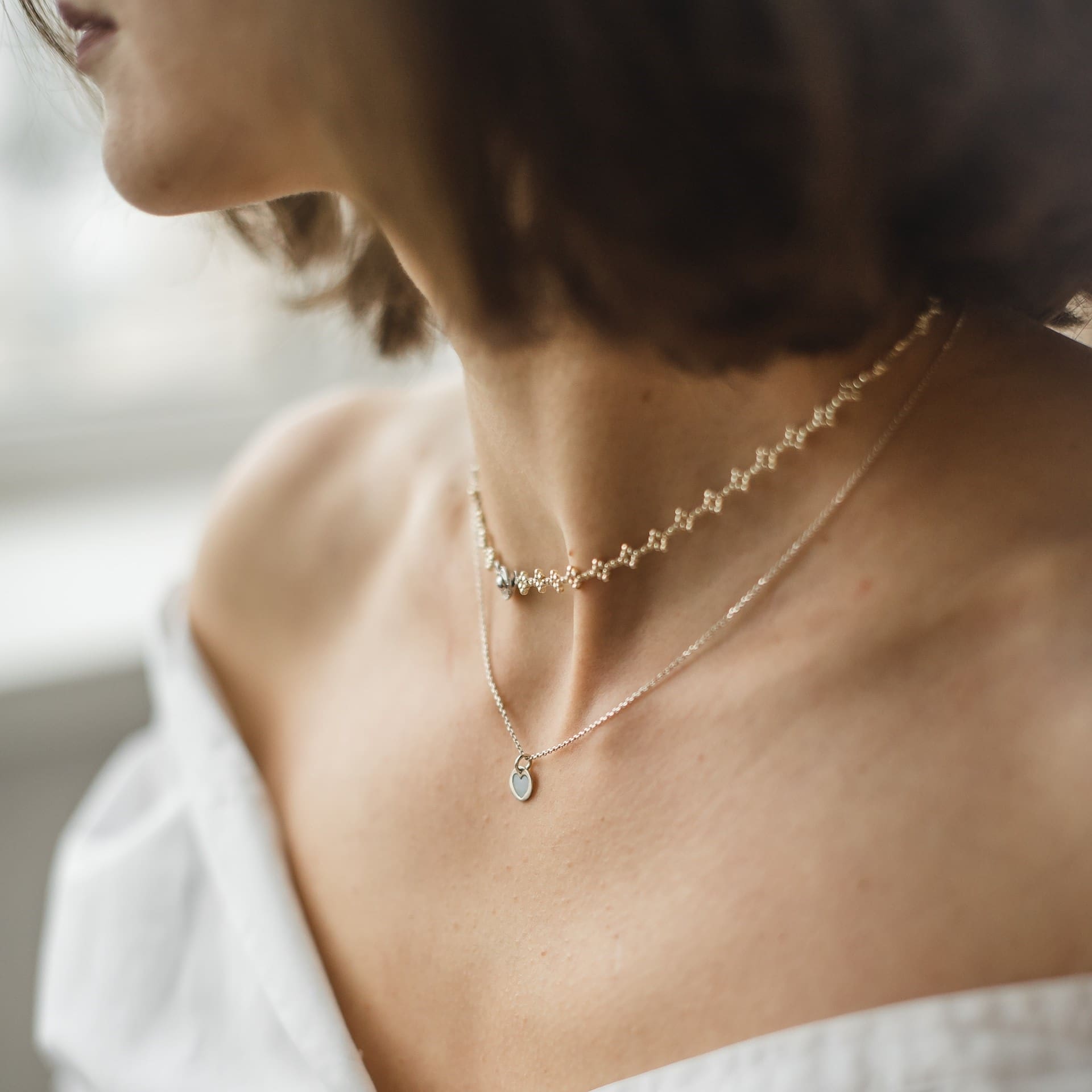
Diamonds may look dull over time, gold pieces can acquire scratches, sterling silver naturally tarnishes, and pearls are incredibly sensitive to a variety of conditions. As such, knowing the basics of maintaining these precious gems and metals is paramount.
On that note, we’ve compiled useful care tips from reputable institutions like the Gemological Institute of America (GIA) and International Gem Society (IGS), so you can keep your jewelry in tip top shape:
Diamonds
Diamonds are a girl’s best friend, so it’s only natural to treat them right. The precious stone easily attracts natural oils from skin, so it’s prone to getting dirty when you touch it. Once this grease accumulates on a diamond’s surface, it’s likely to lose its brilliance.
The best way to prevent this from happening is to clean a diamond once or twice a week. You can do this by letting the stone soak in a gentle solution of water with a few drops of mild dish soap. This will help remove the grease clinging onto the gem’s surface, making it easier to wipe in the next step.
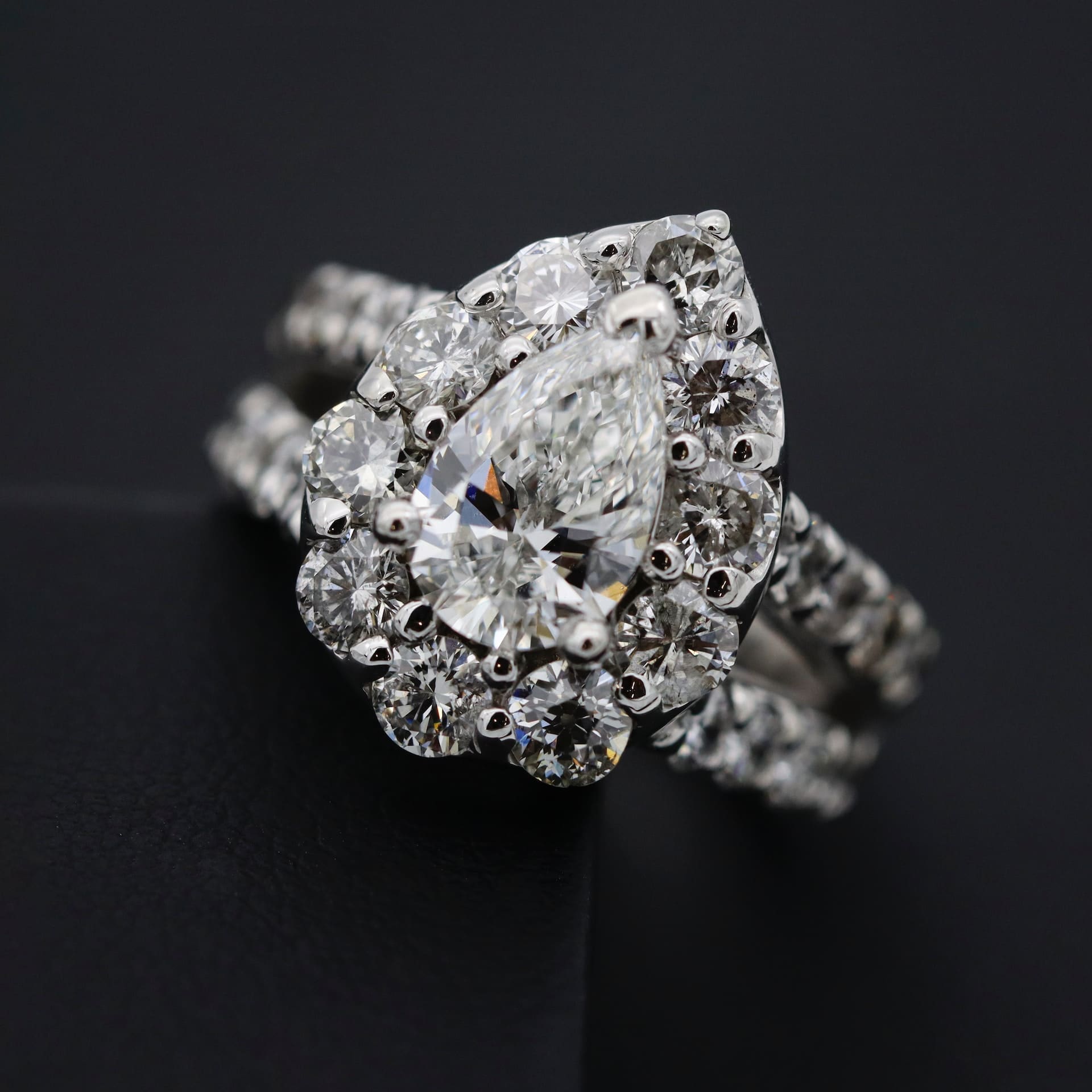
Once you take out the diamond from the solution, remove any remaining dirt with a new toothbrush (make sure it’s solely dedicated to cleaning the precious stone). If you’re dealing with antique jewelry, it’s best to be gentle with the scrubbing to avoid damaging the piece. Once you’ve finished this part of the process, rinse the diamond under water and dry it with a soft, lint-free cloth. Don’t forget to close the drain if you’re working with small jewelry in a sink.
Practice Care
Never use solutions like chlorine bleach and abrasives like toothpaste to shine a diamond, as they might damage surrounding materials made of gold, silver, or other metals.
Sometimes diamonds require ultrasonic cleaning to remove stubborn grease and dirt that won’t go away with regular brushing. That said, do check the diamond’s grading report to see how its makers treated it. You’ll need to avoid ultrasonic cleaning if the maker treated your diamond by fracture filling.
When in doubt, have your jewelry checked by a professional jeweler—in case it’s in need of repairs or adjustments—before you attempt to use this cleaning method.
Pearls and Opals
Not many people are familiar with the maintenance of pearls and opals, but these sensitive gems require plenty of care.
Pearls are incredibly sensitive to different forms of acid and heavy perspiration. Additionally, they shouldn’t come into contact with cleaners, which usually contain ammonia that causes damage.
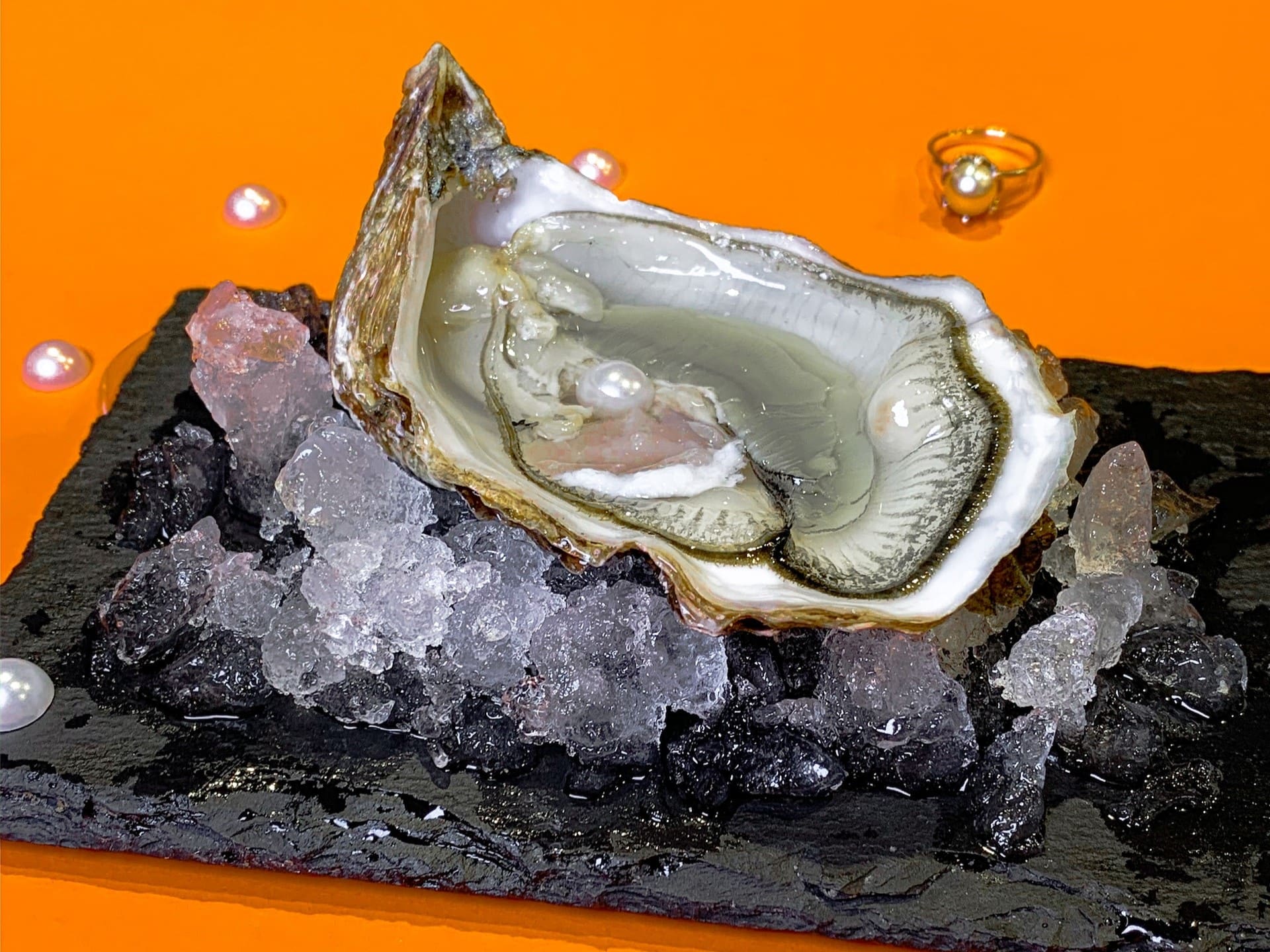
In the case of opals, these gems are made up of one to six percent water. As a result, they’re particularly sensitive to changes in temperature.
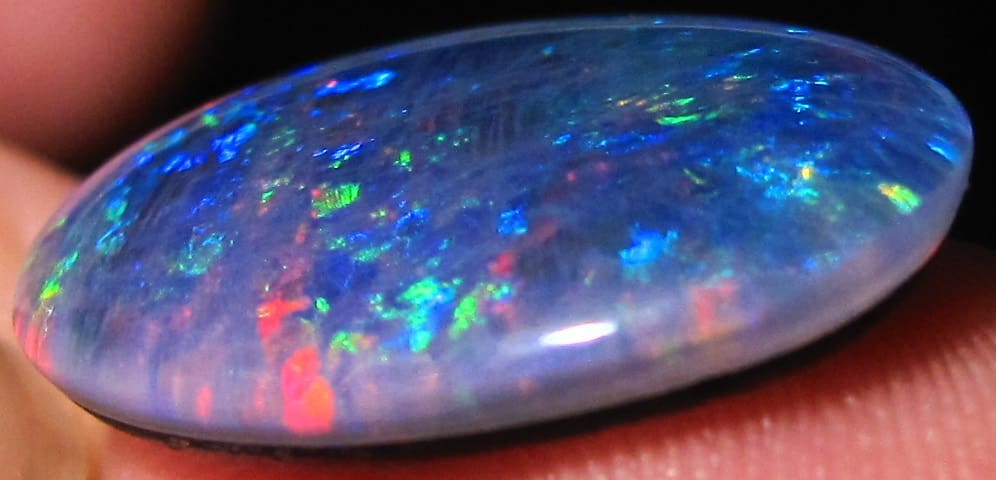
Both pearls and opals are prone to scratching, something you need to keep in mind when cleaning them. This is also why it’s important to ensure your pearl necklaces use the ideal strings and knots. Silk strings, though less durable than nylon, tend to attract less dirt and don’t stretch.
Make sure that there are knots tied between each pearl to prevent them from hitting and scratching one another. This also ensures that less dirt enters their drill holes.
The Magic Solution
Due to the highly sensitive characteristics of both pearl and opal, it’s best not to use certain methods of cleaning on them. These include ultrasonic cleaning, boiling, and steaming.
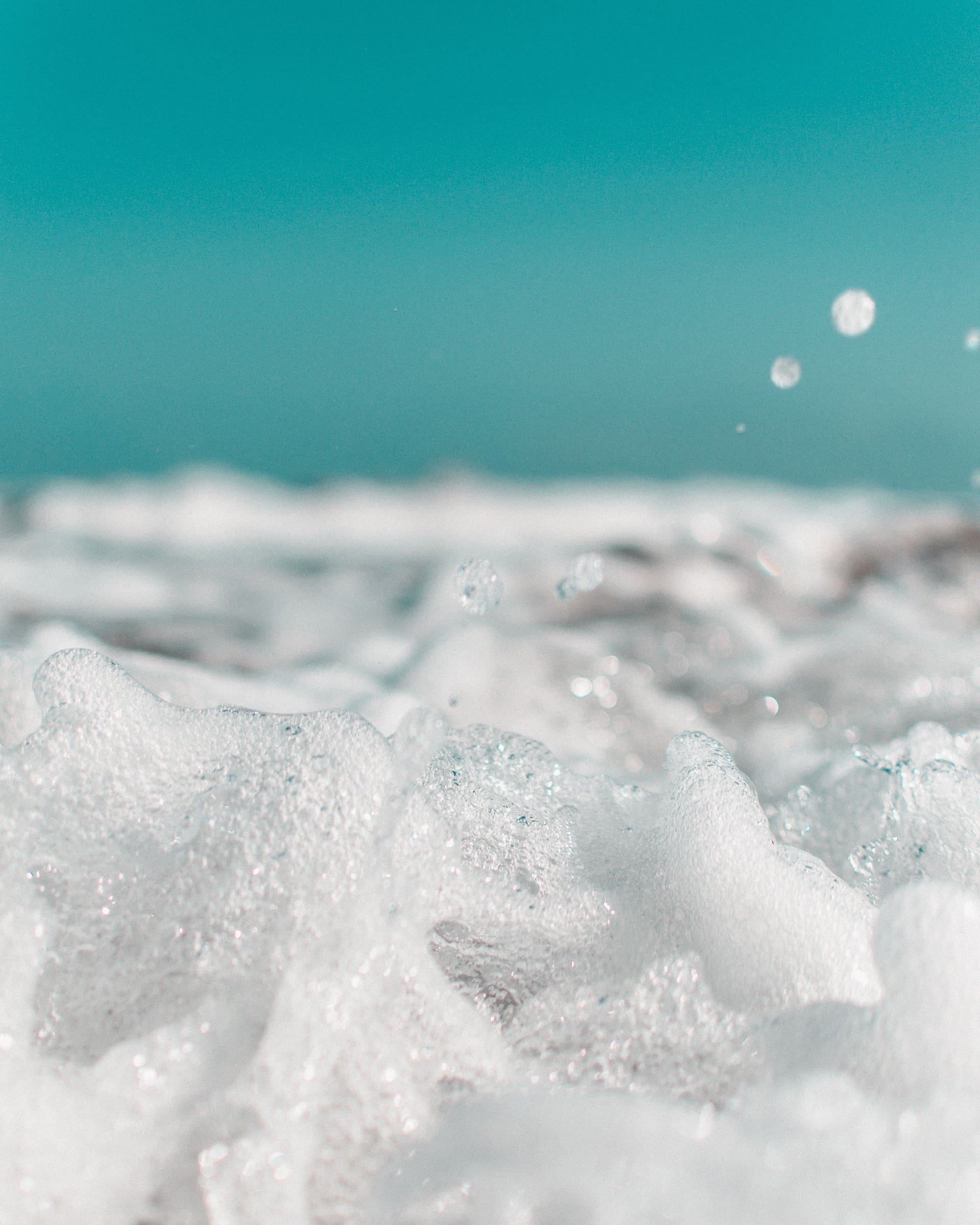
At the end of the day, gently brushing pearls and opals with a solution of mild soap and water is the best way to keep them shiny. Use a soft brush to prevent scratching and avoid toothbrushes—or anything with hard bristles.
The aforementioned method, however, works best on pearls without drill holes. If you’re cleaning a pearl or opal necklace, you’ll need to take a different approach to prevent damage caused by moisture.
Pearl Necklace Care
Caring for pearl necklaces is a slightly more complex process. Start by wiping each individual pearl with a mesh rag soaked in a mild soap and water solution. Afterwards, use a magnifying loupe to inspect the knots between each pearl. You may remove remaining dirt with a soft-bristled brush, and if that doesn’t work, dislodge the grime with a toothpick.
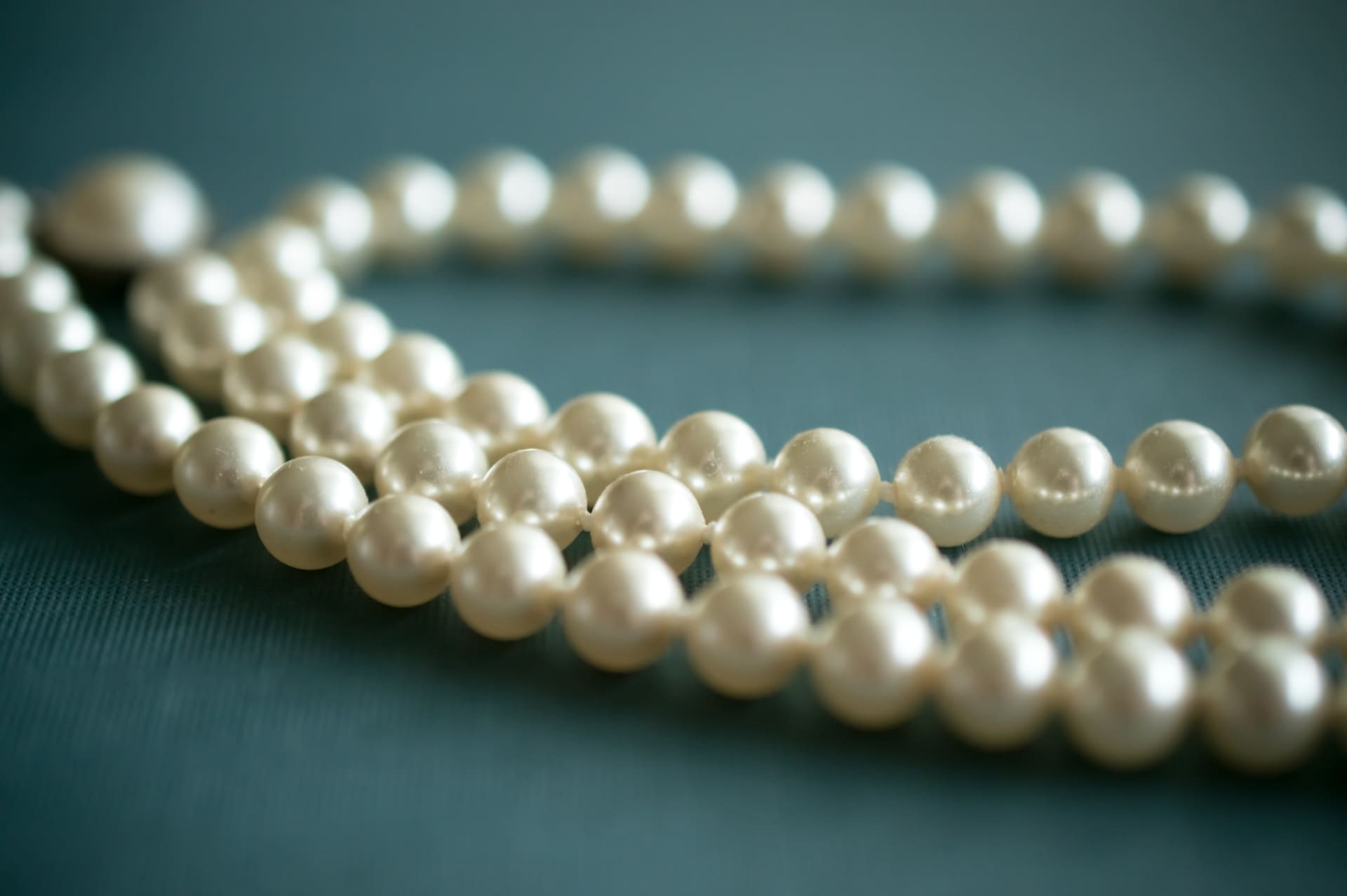
Dry the necklace with a lint-free cloth and be sure to address moisture even in the knots. Then, leave the necklace to dry on an absorbent and quick drying cloth, like a Turkish towel; never use heat to speed the drying process.
If your pearl necklace touches your skin while you’re wearing it, be sure to clean it before storage to avoid damage from perspiration.
Opal Necklace Care
Opal pieces with triplet or doublet opals—which are thin layers of the gemstone stuck together—should also be cleaned with care. The glue present in these jewelry pieces can dissolve if you soak them in a soap and water solution.
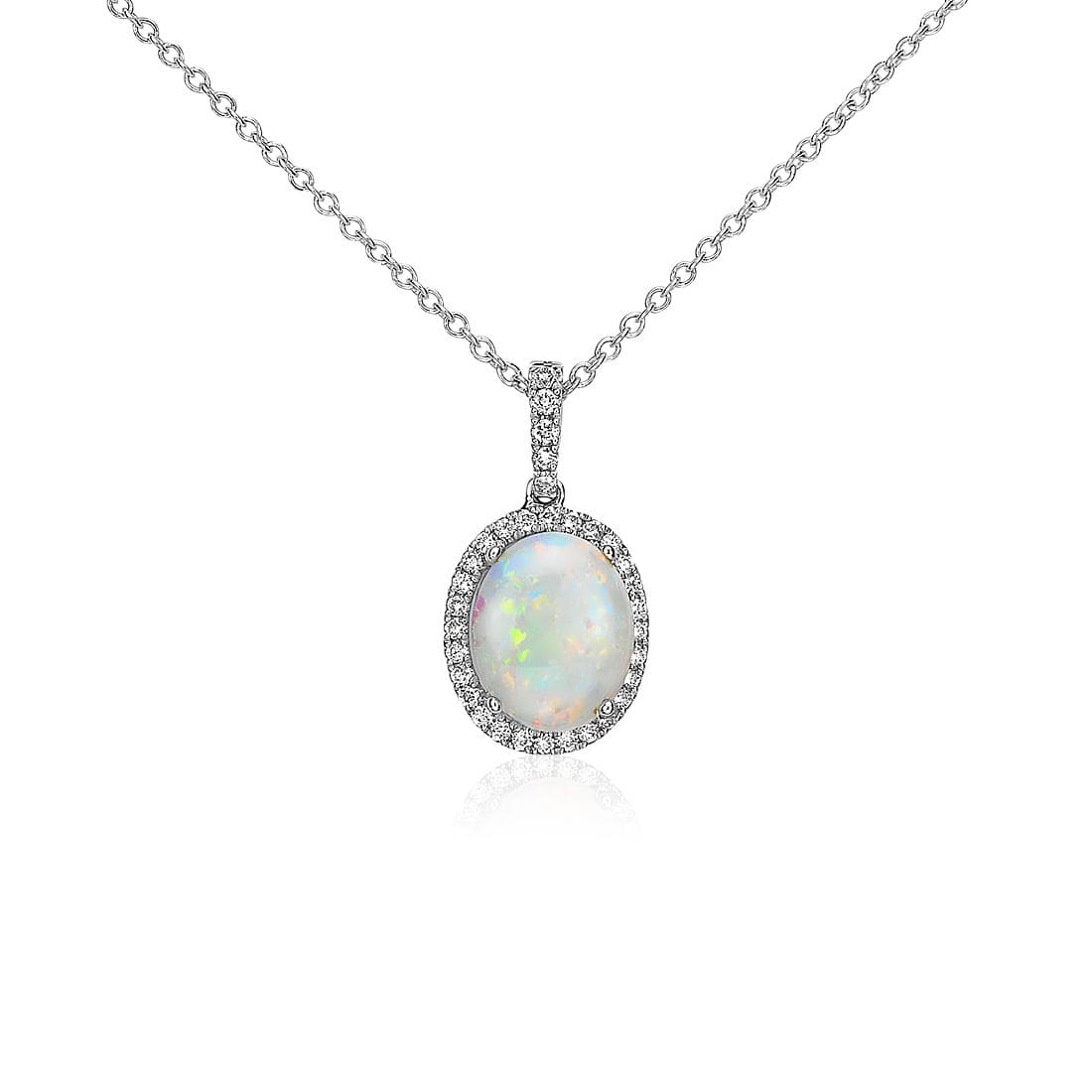
Much like a pearl necklace, the best way to clean a triplet or doublet opal necklace is to wipe it gently with a mesh rag dipped in the solution.
Remember that dirt can easily scratch pearls and opals, so avoid wiping them straight with rough fabrics or tissue, as these materials can be abrasive.
Store and Wear It Right
There’s also a delicate art to storing pearls and opals. Keep them in separate containers away from other jewelry to prevent scratching. Be sure to store them in a place that’s cool to avoid temperature damage, especially in the case of opals.
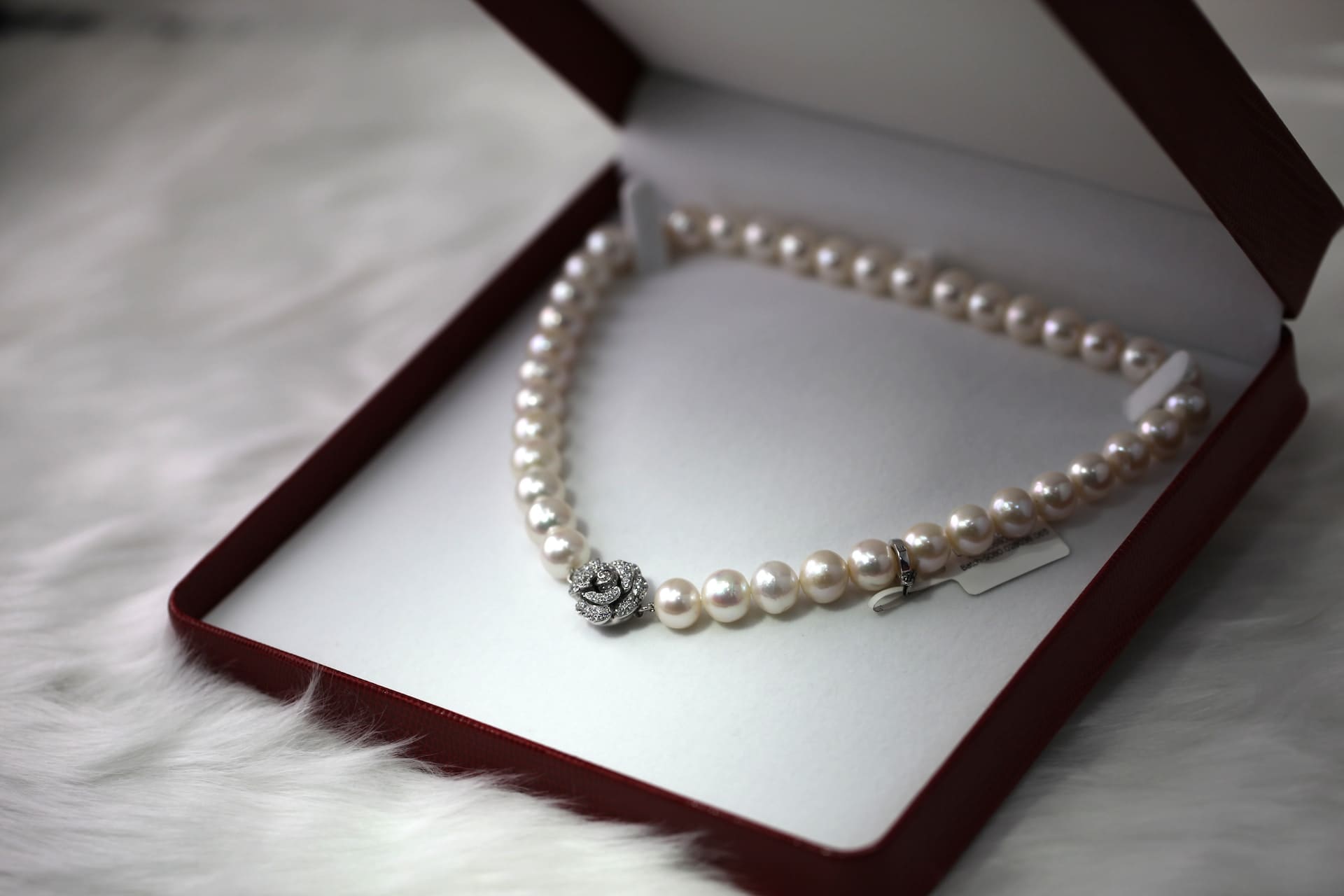
Since opals are partly made of water, they may develop surface cracks without a healthy amount of moisture. As such, it’s best to wrap them in soft and slightly damp cotton to keep them in good shape.
Silver and Gold
Most fine jewelry have metal elements made from silver, gold, and a mixture of both. You can usually clean jewels made from these materials with a soak in the ever-versatile water and mild soap solution (unless, of course, they have gems like those mentioned above).
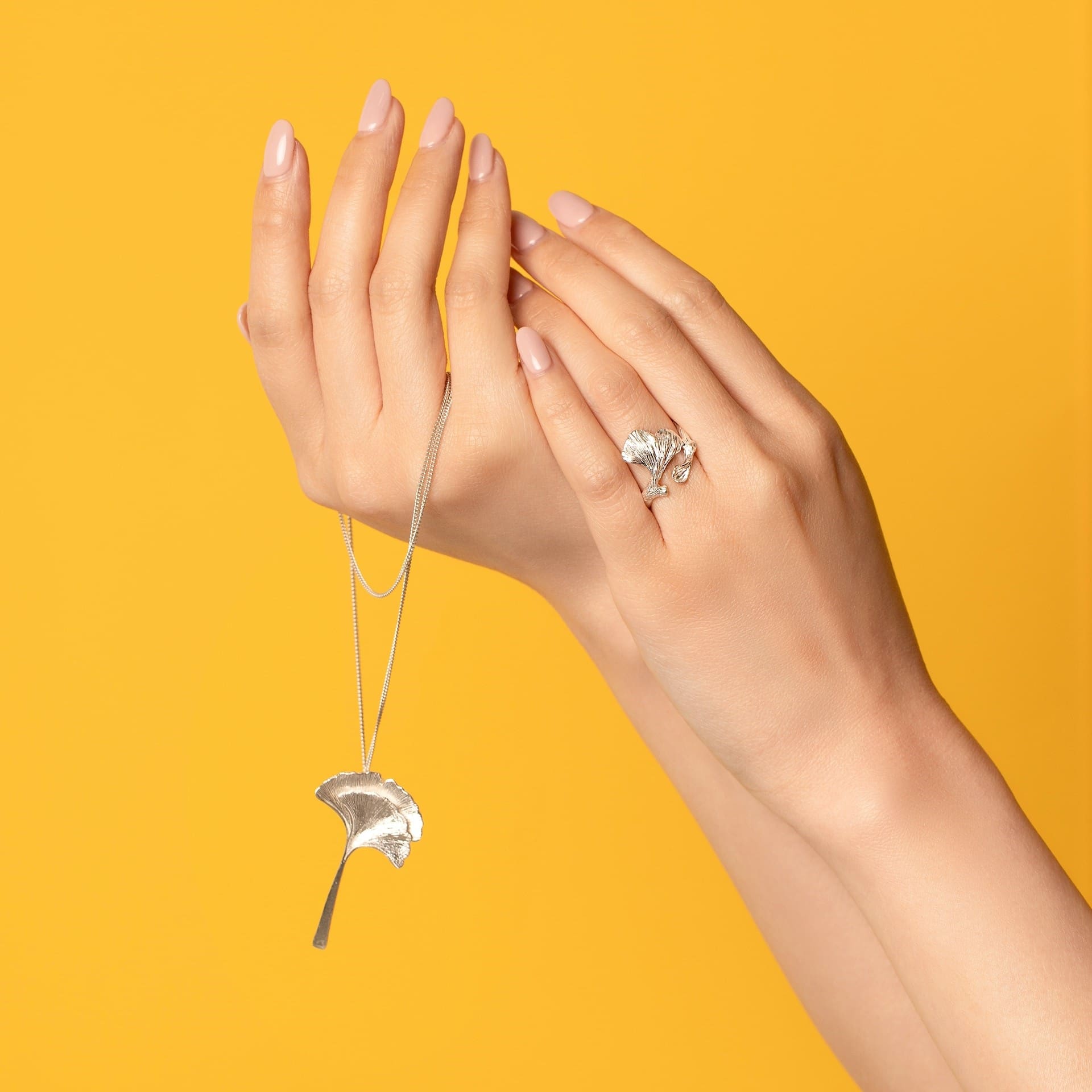
Gold doesn’t generally tarnish, especially when it climbs up the purity scale (like 24k gold). That said, pure gold is too malleable to work with, so most jewelry makers mix it with other metals like silver. This may change things and introduce the possibility of small tarnishes. However, this is nothing that regular polishing can’t fix. The same goes for silver, which tends to tarnish faster when it’s purer (like .950 sterling silver).
A regular wipe down using a soft cloth is usually enough to keep silver and gold jewelry in good condition. If that doesn’t work, there are plenty of non-abrasive, specialized cleaners for gold or silver pieces. It’s good to use a cloth that comes infused with a special cleaning formula for your precious metal of choice.
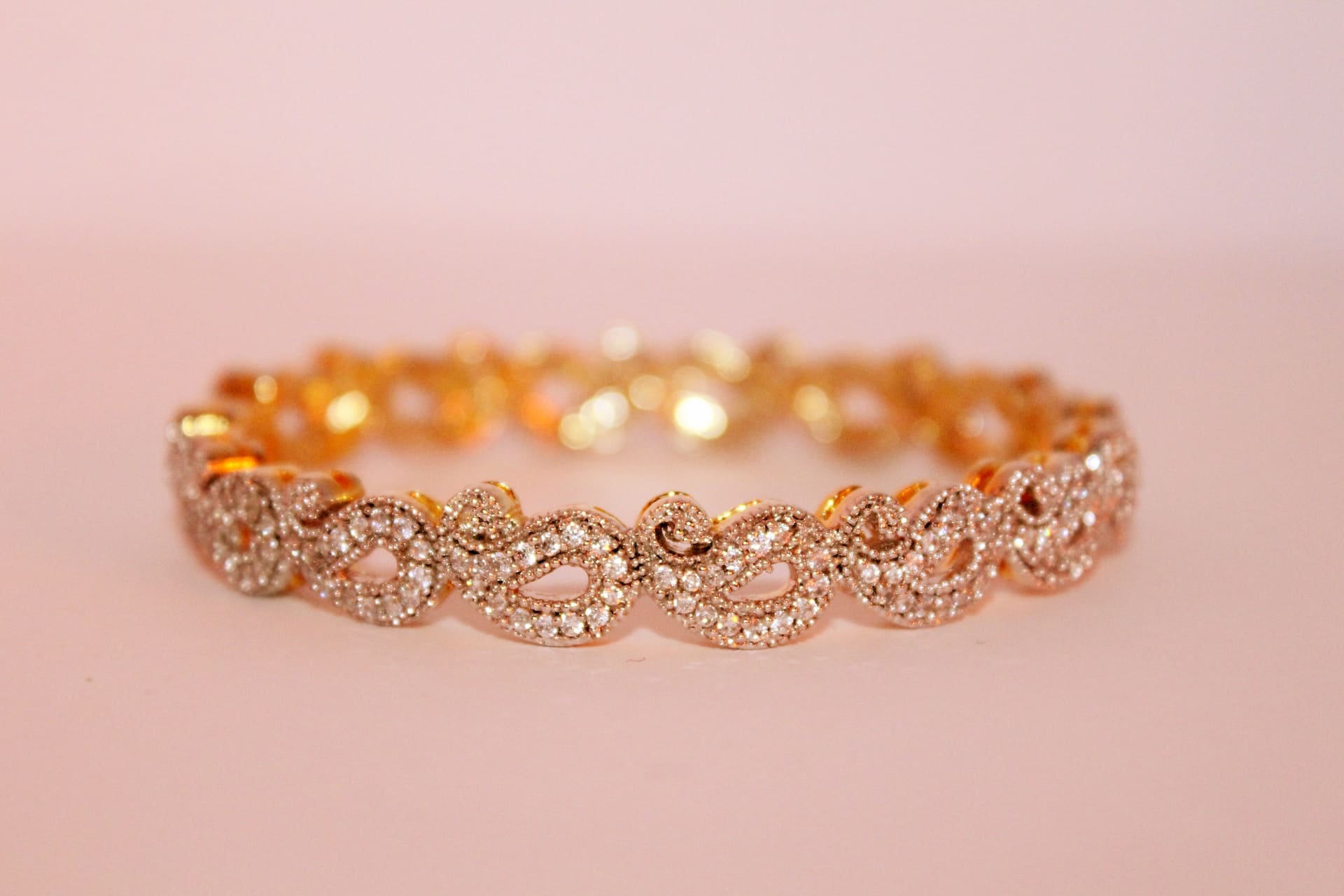
As always, avoid using tissue or rough fabrics to clean your silver and gold jewelry, and be sure to store them in individual bags or cloth pouches to avoid scratches. You may also place silica gel packs to stop moisture from building up inside your storage units, which slows down the oxidation process that causes tarnishing.
Things to Avoid
According to Roma Designer Jewelry, these are some conditions and substances you should keep away from gold and silver jewelry: household chemicals, chlorinated water, rubber, substances containing sulfur (latex, wool, eggs, mustard), direct sunlight, hairspray, lotions, and perfumes.
Banner photo by Nati Melnychuk via Unsplash.
